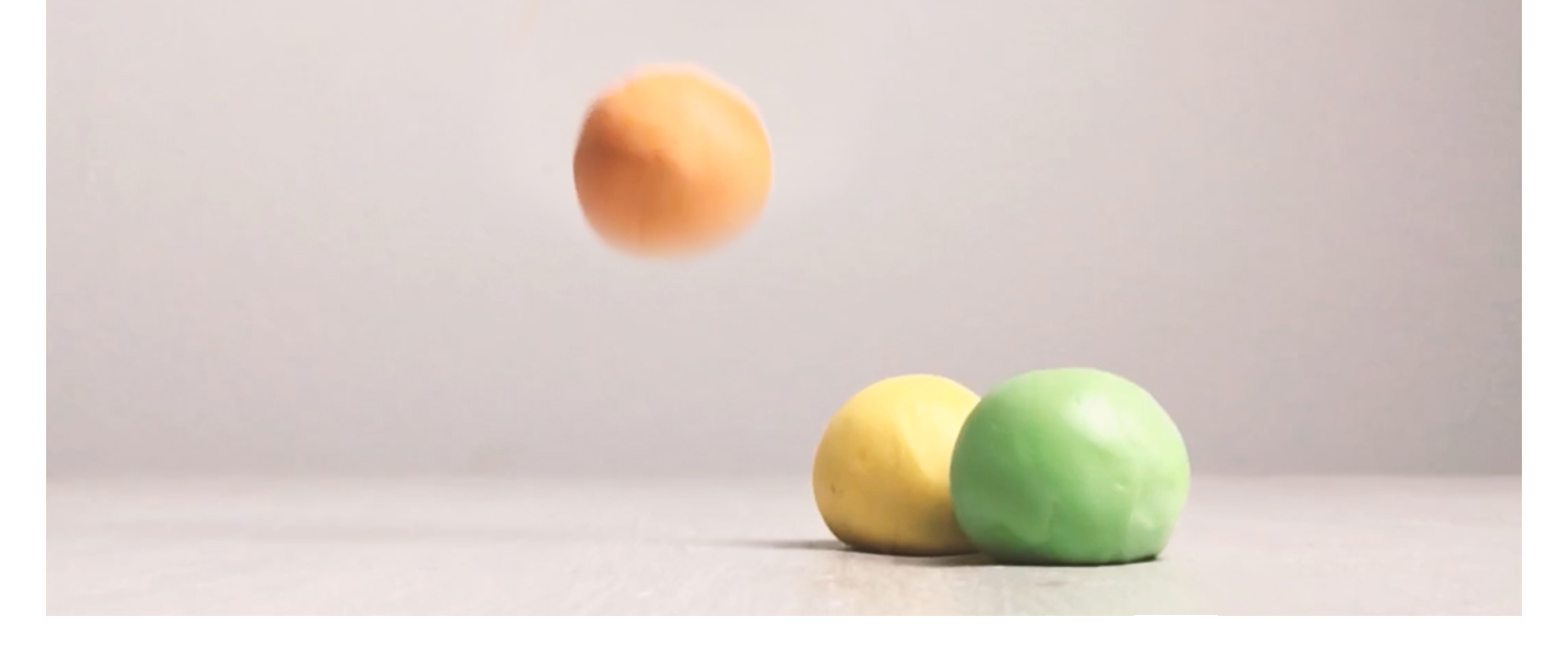Step-by-step tutorial
Step 1
Gather the materials you need to make DIY bouncy balls!
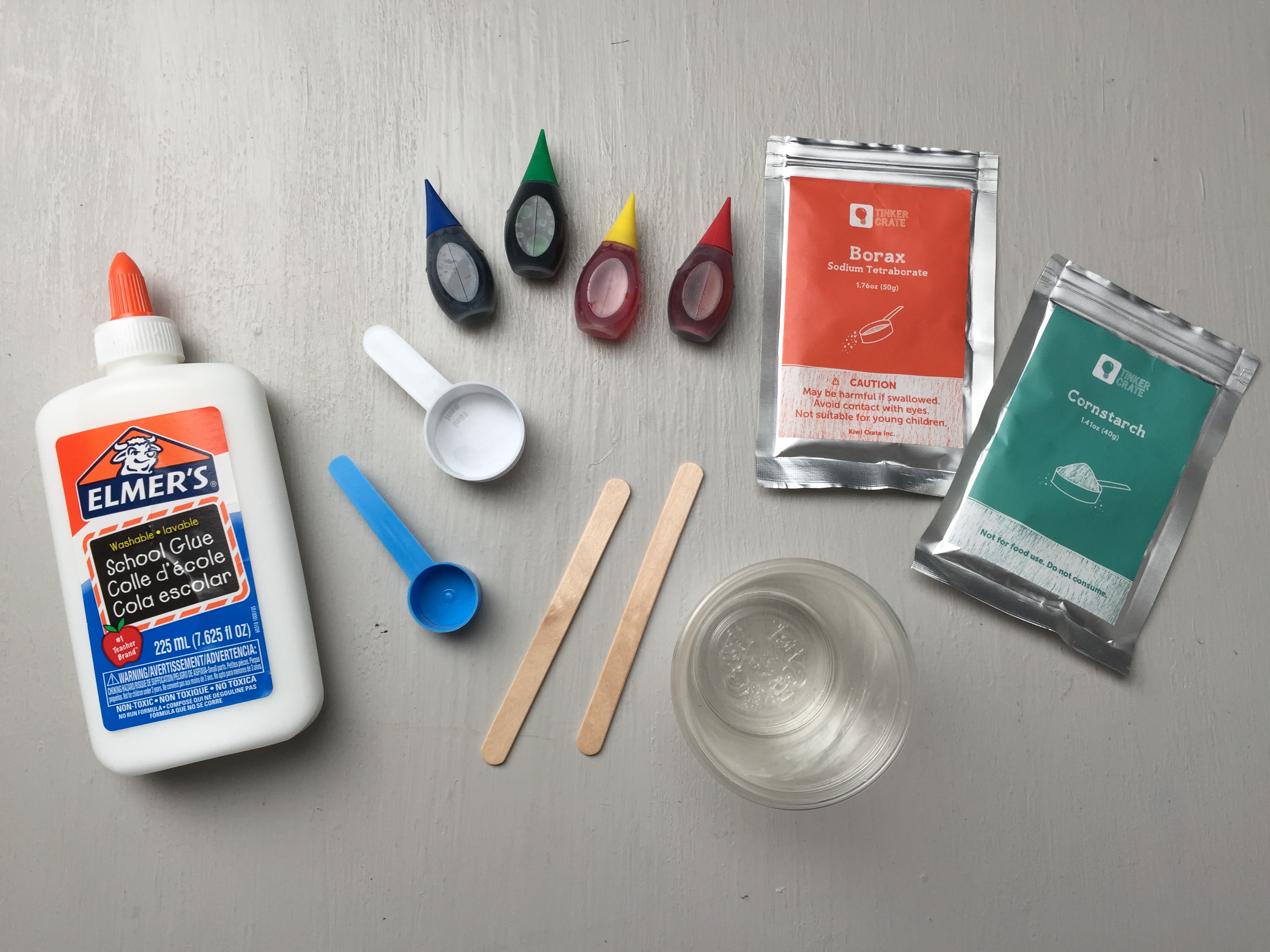
Warning
Borax (sodium tetraborate) is a naturally-occurring mineral salt commonly used as a laundry booster or cleaner. As with any other cleaning product, it should be kept away from children not under direct supervision of an adult. Do not allow children to ingest Borax. If consumed, contact a poison control center immediately. Wash hands after play, as prolonged skin exposure may cause irritation.
Step 2
Start by making your borax mixture. In a clean cup, add 2 tablespoons of water and 1/2 teaspoons of borax. Mix it up with your mixing stick until it is dissolved.
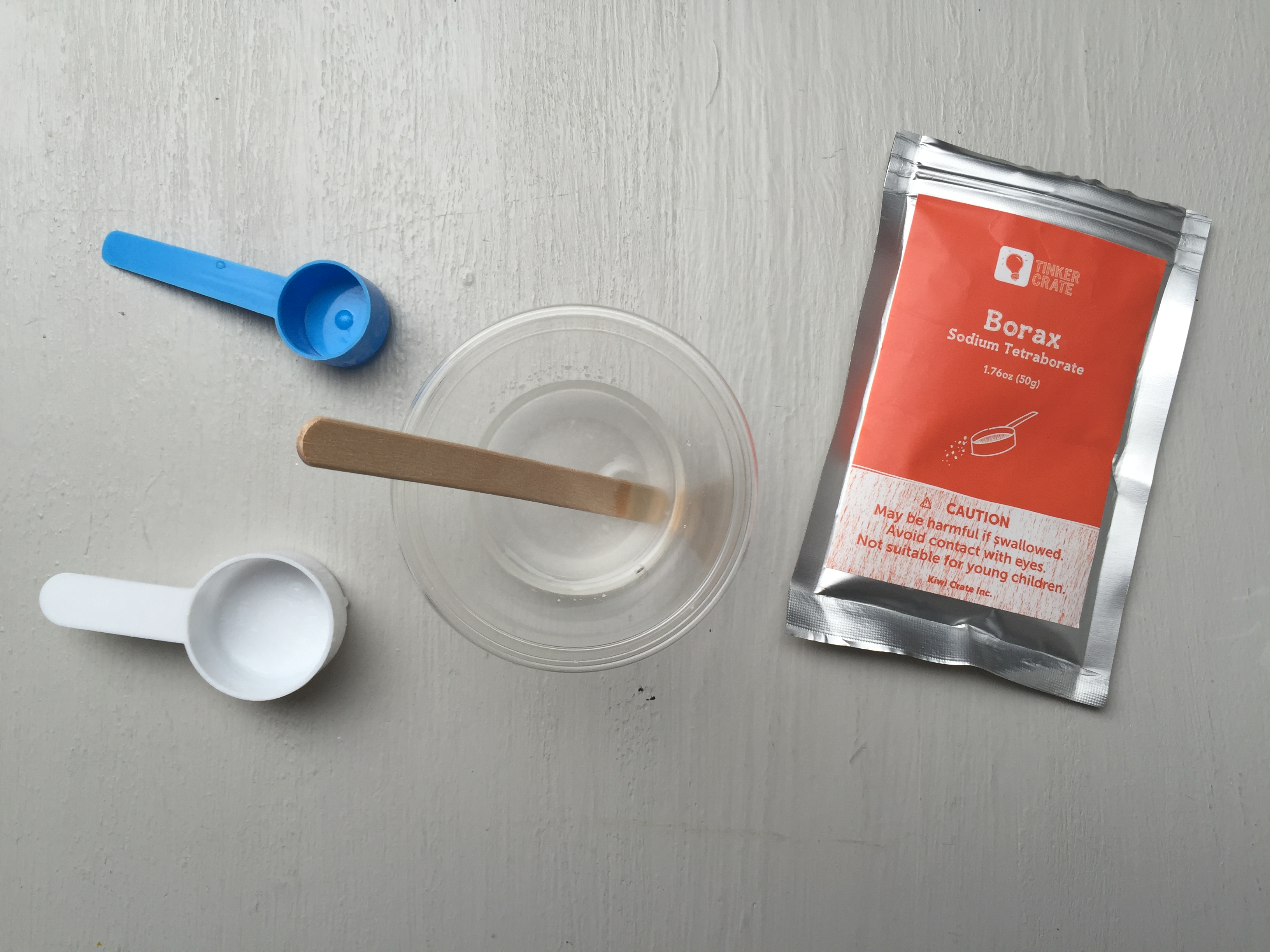
Step 3
Make your glue mixture. In the second cup, add 1 tablespoon of cornstarch, and 1 tablespoon of glue. Add in a few drops of your desired food coloring and mix them all together with another mixing stick.
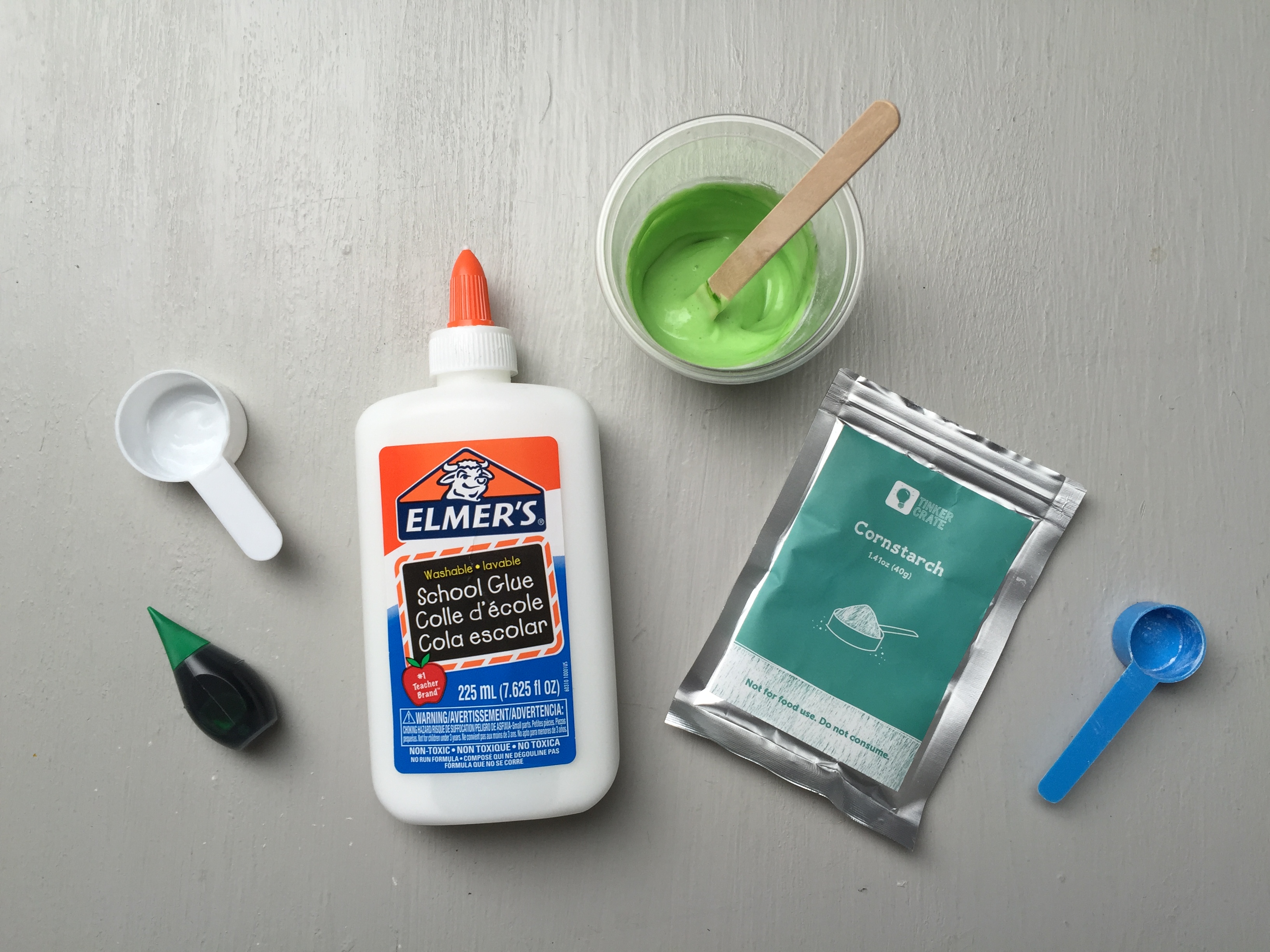
Step 4
Pour the borax mixture into the glue, and let it sit for 15 seconds.

Step 5
Mix the two until it forms a blob around the stick. Don't worry if there's liquid left in the cups! Let the blob sit in the cup for about another minute.
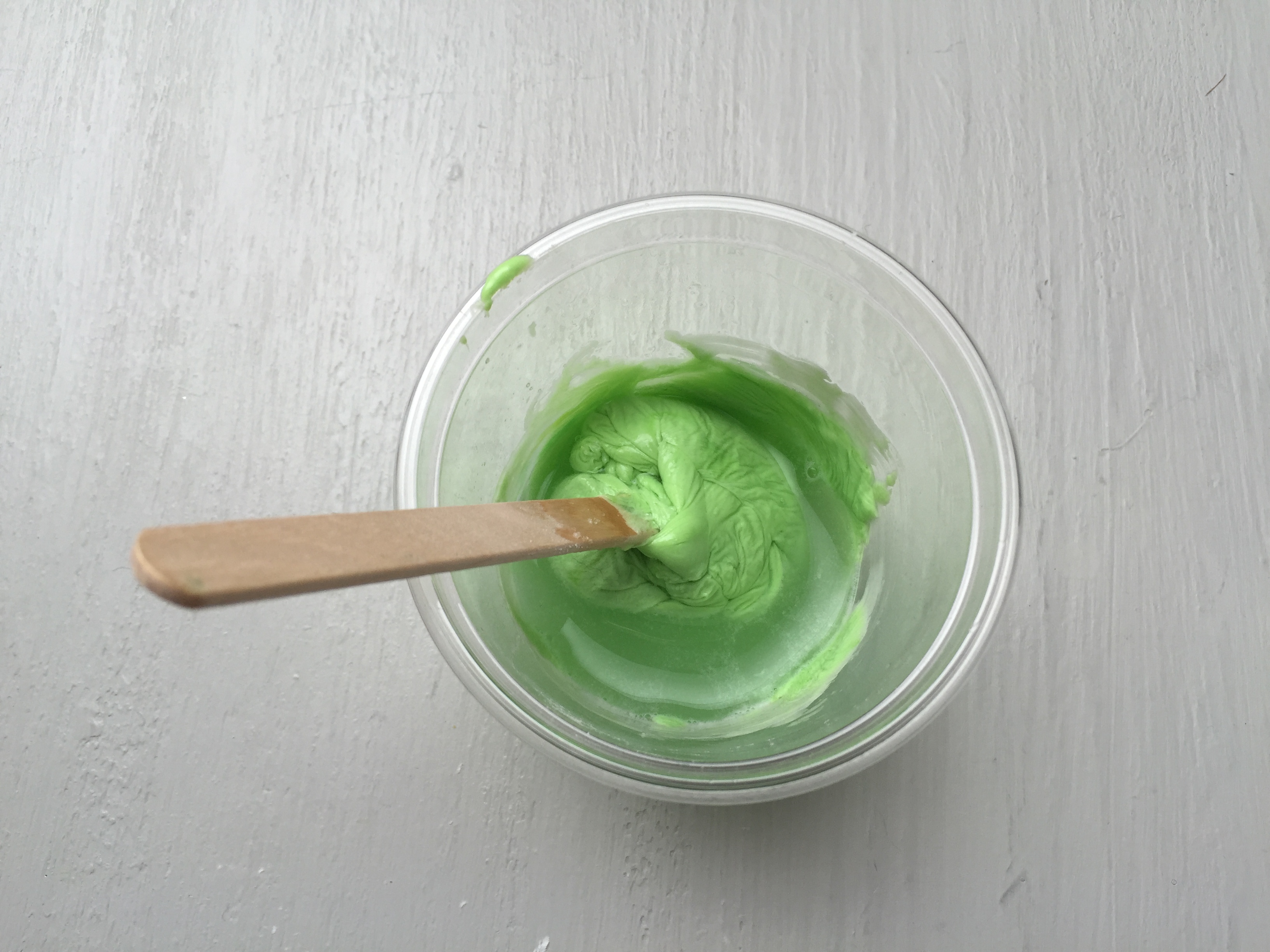
Step 6
Remove the blob from the cup, and roll it between your palms to make a ball. If it gets too sticky, drop it back into the liquid for a few seconds. Keep rolling it until the ball feels dry. This step may take a few tries depending on your glue. Try experimenting with different amounts of borax and cornstarch, and see what changes.
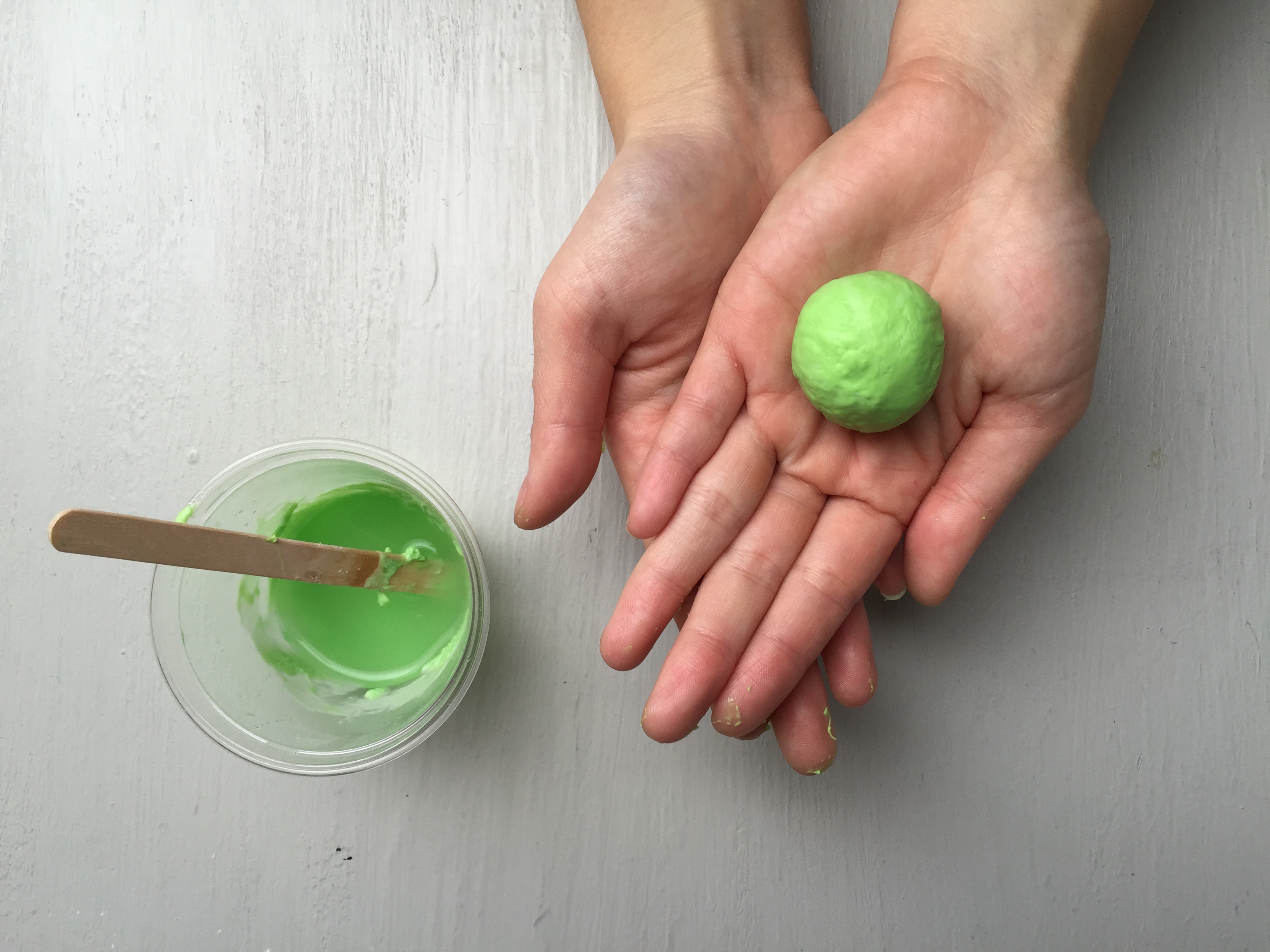
Step 7
Test out your new creation! How high can you bounce your handmade bouncy ball?
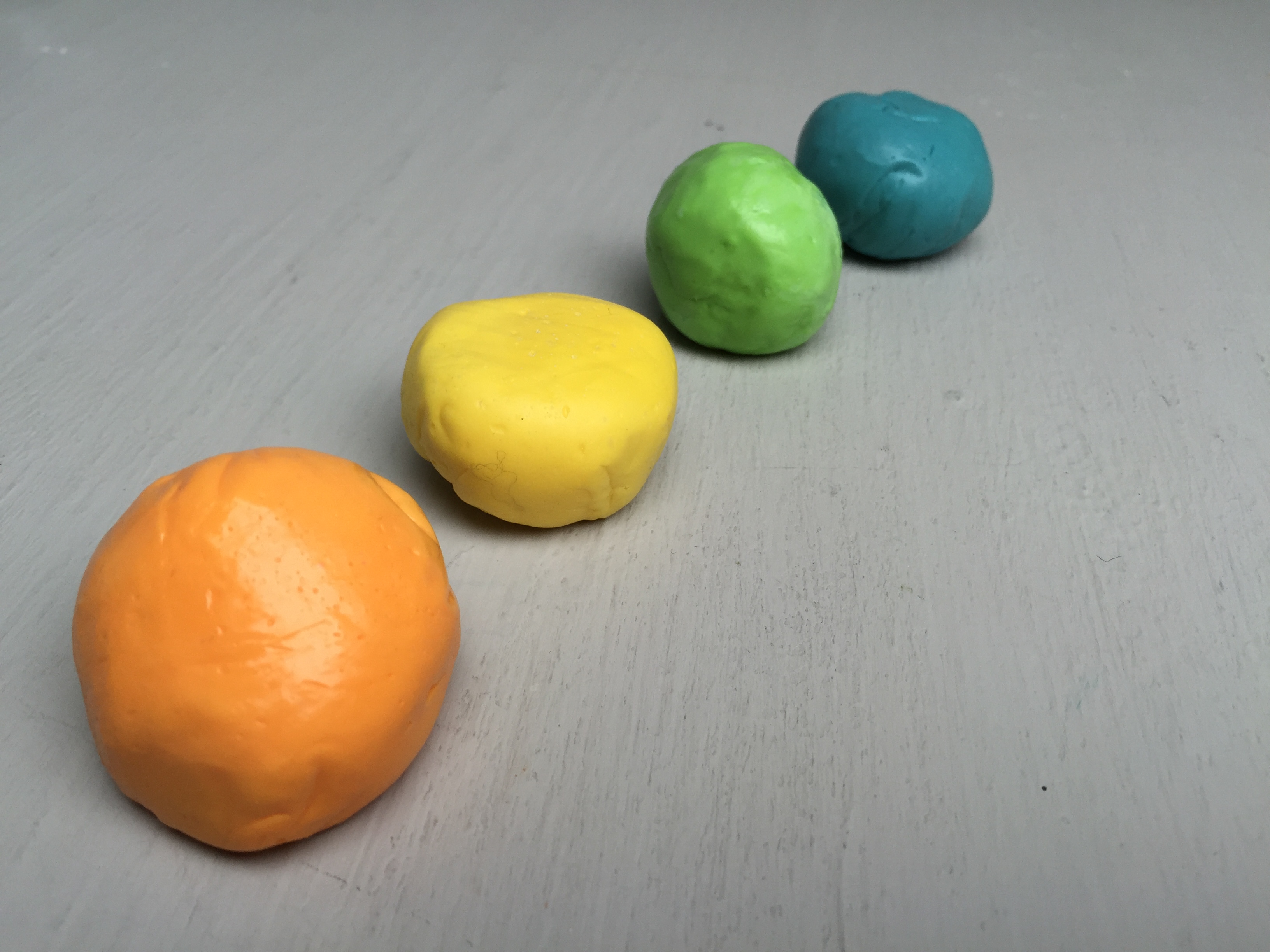
Tip
Note that you shouldn't expect these balls to bounce as high as a rubber ball you buy from the store. We also found that different glues behave pretty differently, so if you want to keep experimenting you can try different amounts of glue, borax, and cornstarch to see which will give you the best bounce. Be careful not to bounce your ball on carpet or fabrics as they may stick. The ball will dry and get hard if you leave it out. If you put it in a plastic bag or air-tight container, it will keep for about a week.
Learn more
The glue you used contains some super-long molecules called polymers. In the glue, these polymers are free to float around without getting tangled up with each other. But when you added the borax, that caused a chemical reaction to take place. That reaction caused the long polymer molecules to stick to each other. This makes it impossible for the molecules to slide past each other, and that's what turns the liquid glue into a bouncy ball. This type of reaction is called cross-linking. Real rubber balls also get their bounce from cross-linked polymers!
